(ThyBlackMan.com) Few artists in hip-hop history have matched the meteoric rise and cultural impact of MC Hammer. Emerging from Oakland’s music scene in the late 1980s, he quickly evolved from a local sensation into an international icon. With his blend of rap, dance, and showmanship, Hammer redefined hip-hop performance and expanded the genre’s reach to audiences far beyond its traditional base. Known for his charismatic delivery, high-energy choreography, and bold fashion choices, he became a household name while breaking commercial records few thought possible for a rapper.
Behind the spectacle lies a surprisingly diverse and often underappreciated catalog. Beyond his chart-topping hits, Hammer delivered party anthems, heartfelt ballads, motivational tracks, and spiritually inspired songs—revealing a versatility his critics rarely acknowledged. Revisiting these tracks today shows he was not just a pop-rap phenomenon but a cultural bridge and master entertainer whose hooks still resonate decades later.
The following eight songs highlight the many sides of MC Hammer’s artistry. From crowd-pleasers to reflective moments, each track offers a clear example of why his music still holds relevance in 2025. Whether you saw him dominate MTV and BET or are discovering him for the first time, this list affirms his enduring ability to move both the body and the spirit.
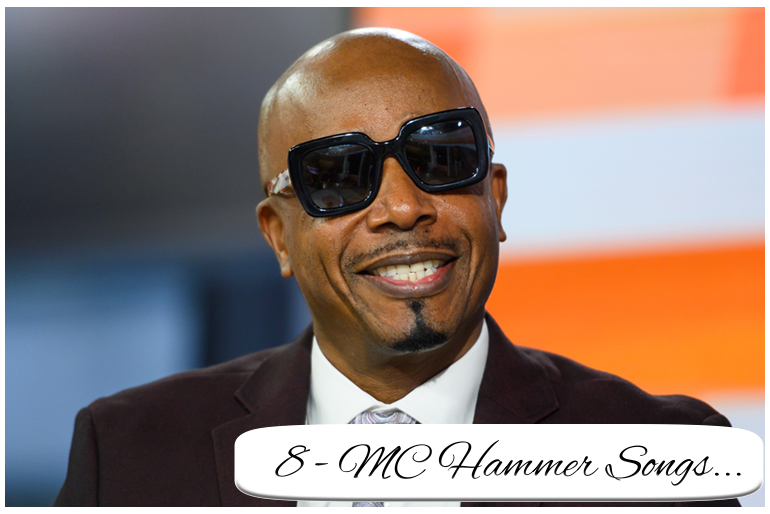
1. U Can’t Touch This
Even if you’ve never listened to a full MC Hammer album, you know U Can’t Touch This. Built on the unforgettable riff from Rick James’ Super Freak, this song became Hammer’s career-defining anthem and one of the most recognizable tracks in pop culture. While it’s often thought of as pure novelty, a closer listen reveals a meticulously crafted track that blends hip-hop bravado with irresistible funk.
The song’s magic lies in its perfect blend of familiarity and freshness. Hammer’s choice to sample Super Freak wasn’t just about borrowing a groove—it was about creating an instantly recognizable foundation that allowed his charisma to shine. This decision bridged the gap between generations: older listeners recognized the bassline and felt comfortable with it, while younger fans embraced it as something entirely new. That cross-generational appeal is part of why the song exploded beyond just the rap audience.
Lyrically, Hammer isn’t attempting complex storytelling here—he’s delivering swagger in its purest form. His confidence is infectious, with lines like “I told you homeboy… you can’t touch this” becoming cultural catchphrases. The repetition works as a chant, drilling the song into memory while giving dancers space to shine. In an era when much of rap was about staking out territory through gritty narratives or raw lyricism, Hammer carved out a lane for celebratory, family-friendly rap without losing his edge.
Musically, the production is genius in its simplicity. The Super Freak bassline provides the groove, while the drum machine keeps the beat crisp and dance-ready. The spaces in the arrangement give room for Hammer’s vocals and the call-and-response moments to breathe. It’s no wonder the song became a global hit—it’s structured to work in any environment: school dances, sports arenas, TV commercials, or street performances. Even now, U Can’t Touch This thrives as both a nostalgic time capsule and an evergreen party starter. Drop it at a wedding, a TikTok challenge, or a retro-themed event, and you’ll see instant smiles. It’s a reminder that a hip-hop song doesn’t have to be lyrically dense to have lasting cultural power—it just has to make people move.
2. Too Legit to Quit
If U Can’t Touch This was Hammer’s breakout, Too Legit to Quit was his bold statement of staying power. Released as the title track of his follow-up album, the song is pure adrenaline—a fusion of rap, funk, and motivational energy that shows Hammer at his most determined.
The song was also a turning point in Hammer’s public persona. By 1991, critics were questioning whether he was a passing fad. The “too legit to quit” mantra was a direct rebuttal, wrapped in an irresistible groove. The lyrics are built around the now-famous hand gesture and chant, which became a rallying cry for perseverance. Hammer uses the verses to reaffirm his work ethic and competitive spirit, making it as much a personal statement as a motivational anthem for listeners.
Musically, the track is layered and ambitious. Funky basslines form the backbone, while punchy horn stabs add brightness and urgency. The background vocals act almost like a cheerleading squad, amplifying the hook’s power. The beat has a marching-band drive to it, creating an almost militaristic precision that’s perfect for sports hype videos or large-scale performances. It’s no accident that Hammer’s live shows during this era felt like athletic events—this track was engineered for maximum energy output.
Listening today, Too Legit to Quit still has motivational power. In a gym playlist, it’s pure fuel. For entrepreneurs, athletes, or anyone pushing through challenges, it’s a musical pep talk. It’s also worth noting how ahead of its time the branding was—Hammer wasn’t just making songs, he was building slogans and symbols that fans could rally around. In 2025, that’s standard marketing for artists, but back then it was innovative. The song remains a testament to Hammer’s ability to fuse music, message, and showmanship into one powerful package.
3. Pray
One of Hammer’s most fascinating hits, Pray stands out for its direct embrace of spirituality while still being a dance track. Built around a sample of Prince’s When Doves Cry, the song blends religious conviction with feel-good hip-hop in a way few artists have attempted on a mainstream scale.
The decision to use When Doves Cry—a song already layered with emotional weight—gave Pray a depth that contrasted with its upbeat rhythm. Hammer took that moody, iconic riff and repurposed it into something uplifting, framing the track as both a groove and a message. His lyrics speak about the power of prayer as a source of strength and resilience. What’s impressive is that he delivers them with sincerity, never sounding preachy, but instead inviting listeners into a shared sense of hope.
The chorus, “We got to pray just to make it today,” became an earworm that carried a real-world reminder. It’s the kind of hook that’s simple enough for anyone to remember, but meaningful enough to resonate beyond the dance floor. The background vocals, arranged with gospel warmth, turn the song into a communal experience—almost like a church service set to a hip-hop beat.
The production is a masterclass in balancing contrasting elements. The funkiness of the beat and the cool, mysterious tone of the When Doves Cry sample give the track both groove and atmosphere. Layered percussion keeps the energy high, while the subtle chord progressions create a sense of optimism. In 2025, Pray feels remarkably fresh because it speaks to universal human experiences—struggle, hope, and faith—while being danceable. In a time when many songs lean into cynicism, its earnest positivity feels like a breath of fresh air.
4. Turn This Mutha Out
Before the mega-hits, there was Turn This Mutha Out—a hard-hitting track from Hammer’s early career that showcased his raw energy and crowd-commanding skills. Released as part of his Let’s Get It Started album, this song is a perfect example of late ‘80s West Coast party rap before it was polished for pop radio.
This was Hammer in his hungry phase, determined to prove himself as both a rapper and a showman. Lyrically, he plays the role of a hype man and battle rapper, calling out competitors while hyping up the audience. The playful arrogance in his delivery—somewhere between a challenge and a victory lap—makes it clear he’s confident in his skills. The hook, designed for audience participation, shows that Hammer understood the power of engagement long before social media made it a buzzword.
The beat is aggressive and driving, anchored by thick bass and crisp drum programming. DJ scratches and sharp sample cuts give it that raw, old-school authenticity. There’s an urgency in the arrangement that matches Hammer’s vocal delivery, making it a perfect track for live performances where energy is everything. It’s also a snapshot of the West Coast sound before gangsta rap took over—more about movement and crowd control than street narratives.
Today, Turn This Mutha Out is a great reminder that Hammer wasn’t just a polished entertainer—he could spit with intensity and hold his own in a rap battle context. For younger listeners who only know the flashy, commercial Hammer, this track shows the grit behind the glitz. It’s a link to a period when hip-hop was still wide open, and artists like Hammer were experimenting with how far you could push rap into new spaces without losing its core energy.
5. Have You Seen Her
Hammer’s versatility shines on Have You Seen Her, a heartfelt rap ballad that covers The Chi-Lites’ 1971 soul classic. While the original is pure R&B, Hammer’s version blends spoken-word-style raps with melodic hooks, making it a crossover hit that appealed to multiple audiences and proved he wasn’t confined to party anthems.
What makes Hammer’s take compelling is his conversational delivery. Instead of trying to replicate the Chi-Lites’ pure vocal harmonies, he positions himself as a narrator walking you through his thoughts. There’s a certain vulnerability in the way he speaks his verses—he’s not the larger-than-life MC Hammer here, but rather a man searching for someone he loves. This shift in persona humanizes him, revealing an emotional depth that often gets overshadowed by his dance-floor hits.
The production respects the original while infusing it with ‘90s hip-hop flavor. Smooth synth pads and a steady, head-nodding drumbeat provide the framework, while touches of funk guitar add subtle texture. The arrangement leaves plenty of space for the listener to connect with the story, giving it a slow-dance-ready tempo that still carries a groove. The female backing vocals, reminiscent of classic soul, bridge the gap between old and new.
In 2025, Have You Seen Her still works as a bridge between classic soul and hip-hop. It stands as an early example of how rap could respectfully reinterpret an R&B standard without losing its emotional core. For modern fans of R&B/rap crossovers—from Drake to Anderson .Paak—this track is proof that Hammer was dabbling in that fusion long before it became mainstream. It’s also a reminder that his artistry extended well beyond hype tracks—he could deliver sincerity and storytelling with equal conviction.
6. Here Comes the Hammer
This is Hammer at his most playful and self-promoting. Here Comes the Hammer is essentially a theme song—part braggadocious rap, part theatrical performance—designed to cement his larger-than-life persona at the peak of his fame. It’s pure showmanship, crafted for maximum crowd impact.
Lyrically, Hammer spends the track reminding you who he is, what he’s accomplished, and why you can’t stop him. The verses are peppered with catchphrases, rhythmic repetitions, and a level of confidence that borders on theatrical. He leans fully into the “Hammer” brand, treating his name as a statement of power and entertainment value. The self-awareness is part of its charm—he knows he’s hyping himself up, and he knows the audience is in on it.
Musically, the beat is funk-driven, with a prominent bassline, sharp percussion, and bright, horn-like synth stabs that make the track feel like an arena performance even through headphones. The call-and-response moments are tailor-made for live audiences, reinforcing Hammer’s reputation as a master of stagecraft. This is music built for crowd participation, with every “Here comes the Hammer!” acting like a signal for dancers to spring into motion.
Even now, Here Comes the Hammer works as a hype track. In an era where artists are expected to brand themselves as much as they make music, Hammer was ahead of the curve. Long before Instagram stories, viral TikTok trends, and marketing rollouts, he understood the value of an entrance theme. The song stands as a time capsule of his peak but also as a reminder that self-promotion, when done with charisma and skill, can be as entertaining as the music itself.
7. They Put Me in the Mix
An underrated gem from Hammer’s early catalog, They Put Me in the Mix captures the essence of late ‘80s club rap—fun, fast-paced, and laser-focused on keeping the dance floor packed. It’s the sound of Hammer in his formative years, before the polish of his mega-hit era, and it brims with raw, infectious energy.
The lyrics are lighthearted and celebratory. Hammer frames himself as the ultimate party ingredient—dropped into the mix by a DJ like a perfectly timed record. It’s not about heavy storytelling or biting social commentary; it’s about vibe, presence, and the joy of performance. The simplicity works in its favor, creating a loop-like quality that makes it hypnotic when paired with the beat.
Production-wise, it’s a showcase of late ‘80s hip-hop aesthetics. The track is built on drum machine patterns and prominent scratching, with a tempo that encourages constant movement. The repetitive hook works like a chant, locking listeners into the rhythm and making it impossible not to bob along. You can hear the influence of early West Coast party rap, where crowd control was just as important as lyrical prowess.
In 2025, They Put Me in the Mix plays as pure retro fun. For DJs spinning throwback sets, it’s a sure-fire crowd pleaser, and for younger hip-hop fans, it’s a crash course in the pre-gangsta rap era of the West Coast. It’s also a reminder that Hammer’s talent for entertainment didn’t just happen when he got famous—he had the crowd-hyping instincts from the very start.
8. Do Not Pass Me By
Closing out this list is Do Not Pass Me By, one of Hammer’s most soulful and inspirational tracks. It’s a gospel-influenced piece that blends rap with heartfelt singing, delivering a message of perseverance, hope, and faith. The song’s very title feels like a prayer, and the music follows through on that promise.
Lyrically, the song speaks to those feeling overlooked or left behind, urging them to keep faith and keep moving forward. Hammer’s verses are encouraging without dipping into excessive sentimentality, offering practical hope grounded in personal determination. The sung chorus, carried by rich gospel harmonies, is moving in its simplicity—it feels like a plea and a promise rolled into one.
The production is notable for its warmth and depth. Live instrumentation—piano, bass, and subtle guitar—blends seamlessly with programmed beats, creating a foundation that feels organic yet contemporary. The gospel choir backing vocals bring emotional power to the track, evoking the spirit of Sunday service while keeping the structure accessible to secular audiences.
In today’s climate, Do Not Pass Me By resonates as a reminder that hip-hop can be uplifting, spiritually grounded, and emotionally resonant. It’s the kind of song that could sit comfortably in a morning church playlist and then reappear in a motivational Spotify mix later in the day. The track also reinforces one of Hammer’s most overlooked strengths—his willingness to infuse hip-hop with positivity and moral conviction without losing its rhythmic appeal.
Revisiting MC Hammer’s music shows just how much range and cultural influence he brought to hip-hop. These eight tracks capture the full spectrum of his artistry—from high-energy anthems to heartfelt ballads and uplifting messages. He didn’t just dominate charts; he expanded the genre’s reach and proved that hip-hop could thrive on global stages without losing its rhythmic heart.
More than thirty years later, his best songs still move crowds, inspire confidence, and spark joy. Whether they’re fueling a party, motivating a workout, or offering moments of reflection, these tracks remind us that true showmanship never goes out of style—and Hammer remains, in every sense, “too legit to quit.”
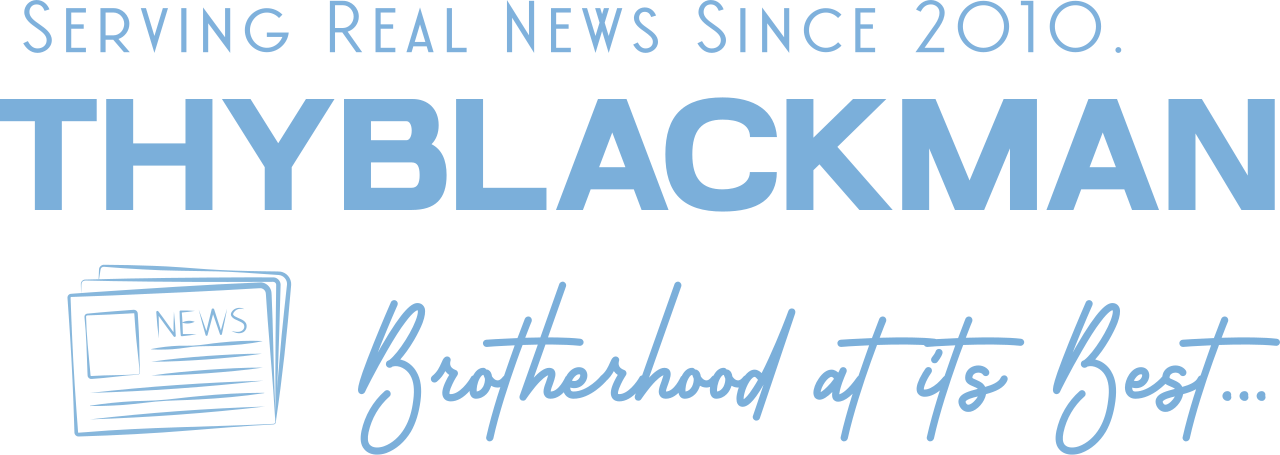












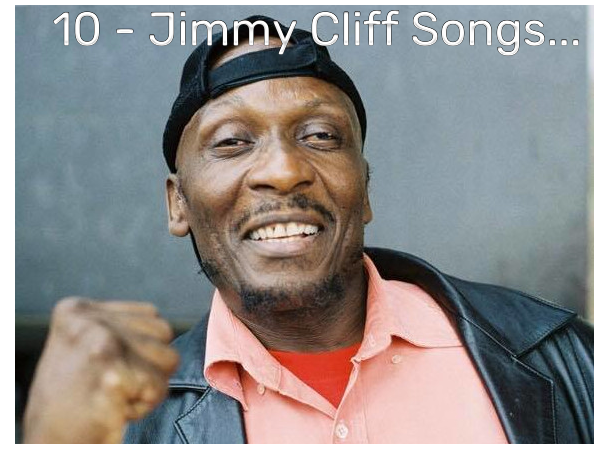
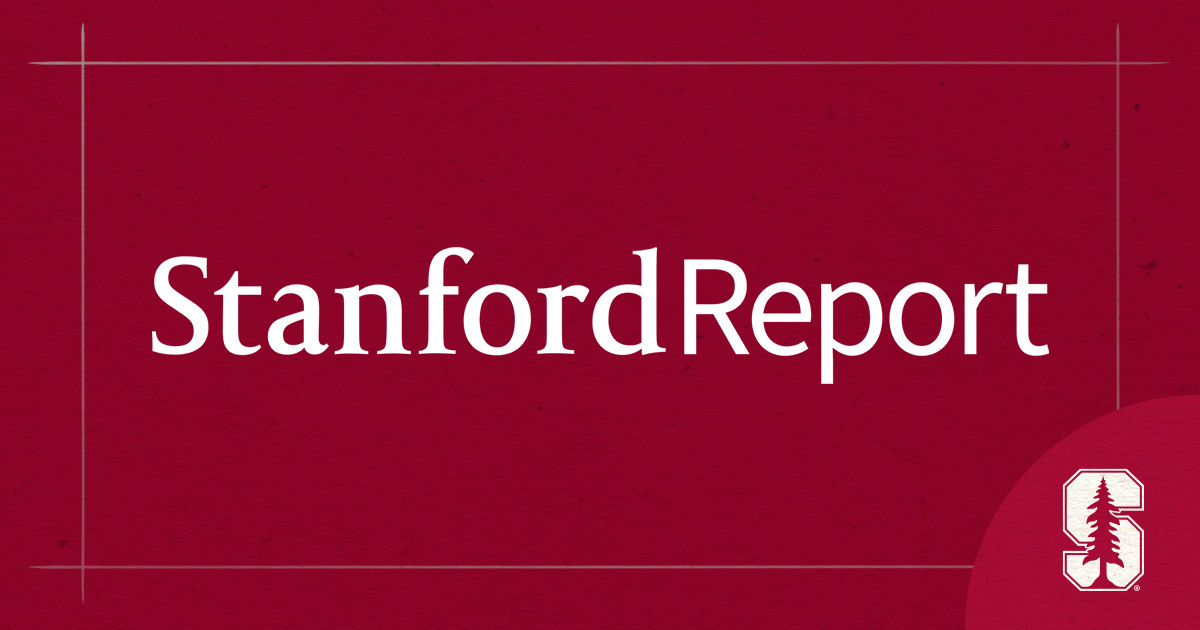
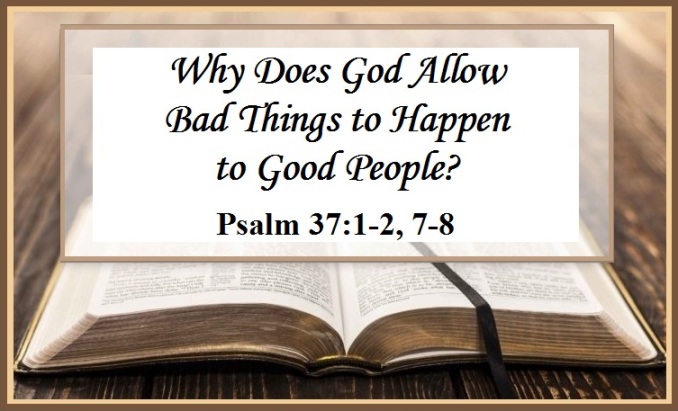
Leave a Reply